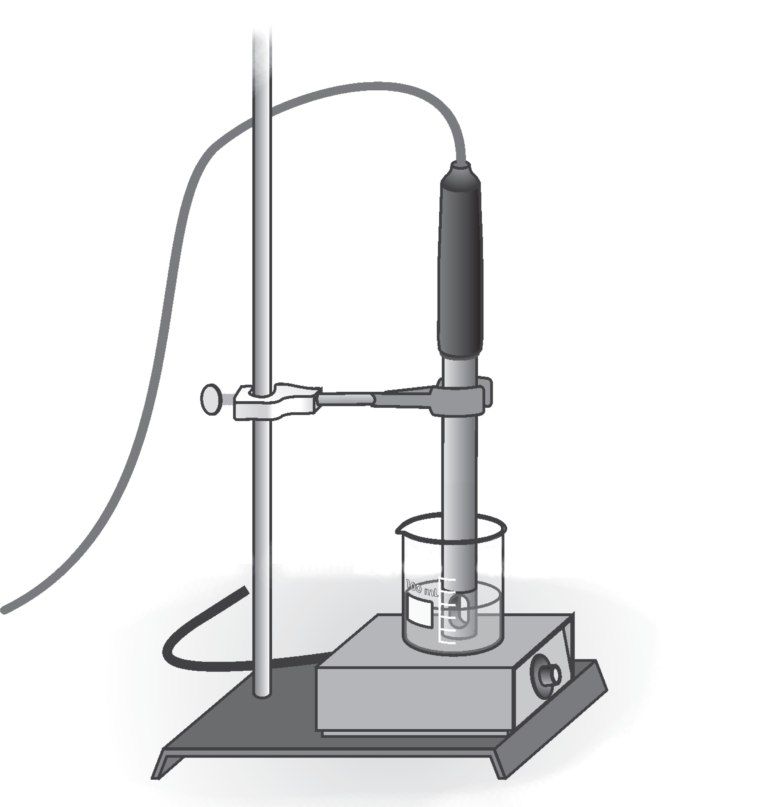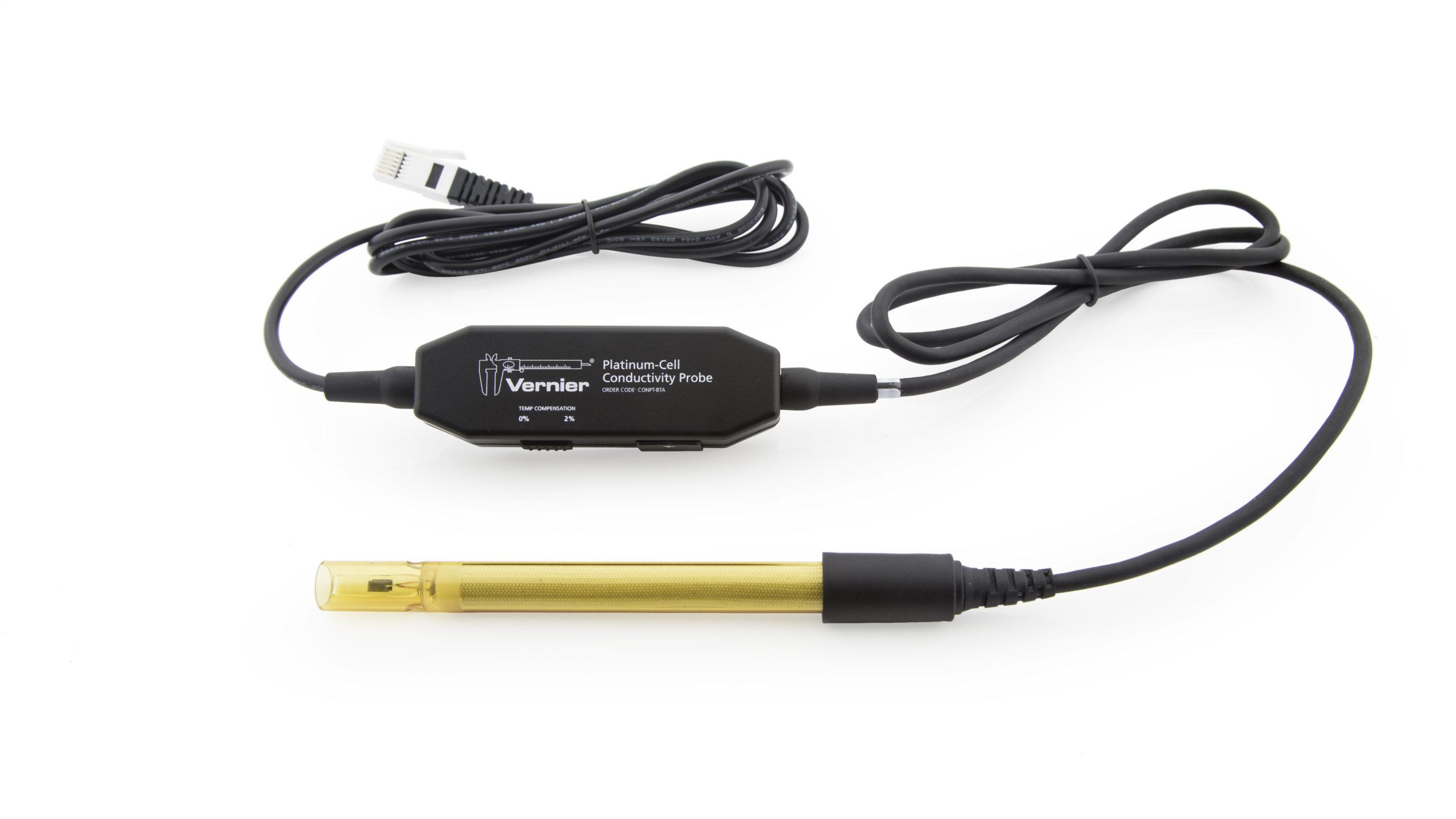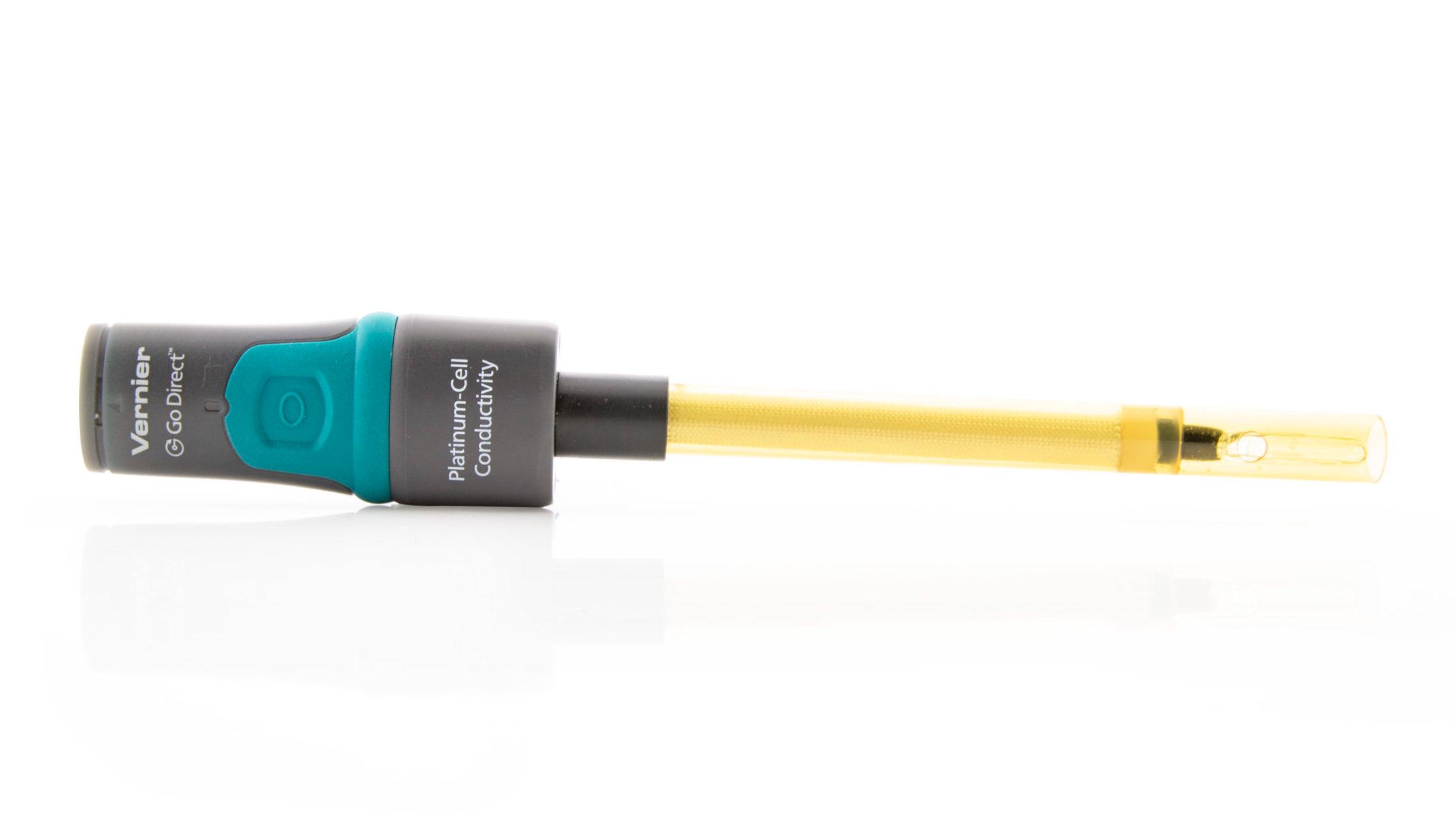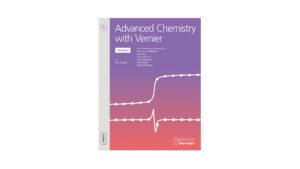
Introduction
The reaction of ethyl acetate and hydroxide ions yields ethanol and acetate ions, as shown below.
The progress of this reaction can be observed by monitoring the conductivity of the reaction mixture. Although the reactants and products each contain an ion, the OH– ion has a higher ionic mobility than the CH3COO– ion. This results in a net decrease in the conductivity of the reaction mixture as the reaction proceeds.
Ethyl acetate is the major active ingredient in commercial acetone-free, nail-polish removers. The molar concentration of CH3COOC2H5 in this product is 0.10 M. You can successfully use one of these over-the-counter products in this experiment. The primary objective of this experiment is to conduct a series of reactions from which you will determine the rate law expression for the base hydrolysis of ethyl acetate.
Objectives
In this experiment, you will
- Conduct the base hydrolysis of ethyl acetate under various conditions.
- Calculate the rate law constant, k, for the reaction.
- Determine the rate law expression for the reaction.
Sensors and Equipment
This experiment features the following sensors and equipment. Additional equipment may be required.
Ready to Experiment?
Ask an Expert
Get answers to your questions about how to teach this experiment with our support team.
- Call toll-free: 888-837-6437
- Chat with Us
- Email support@vernier.com
Purchase the Lab Book
This experiment is #29 of Advanced Chemistry with Vernier. The experiment in the book includes student instructions as well as instructor information for set up, helpful hints, and sample graphs and data.





